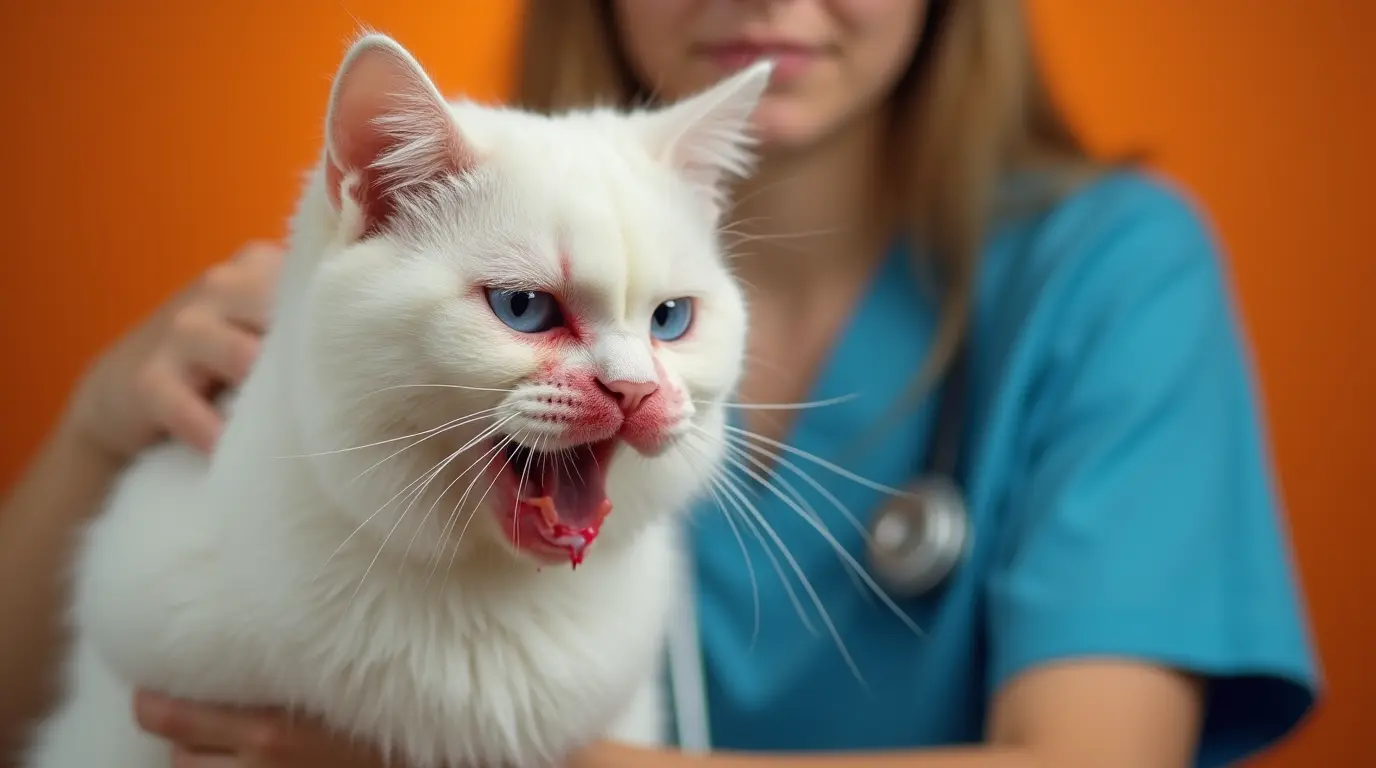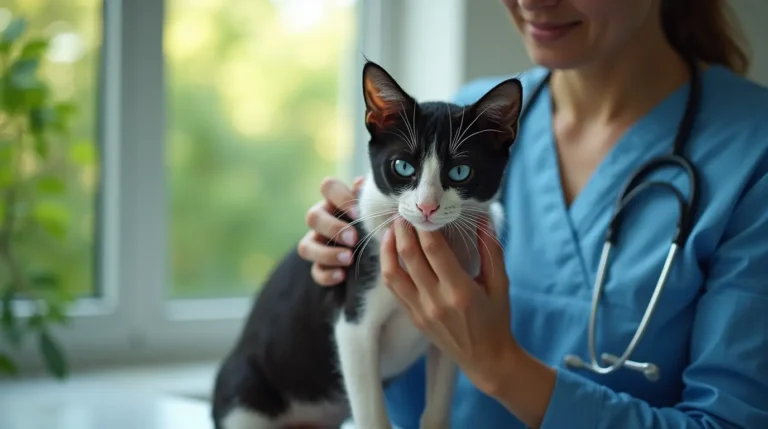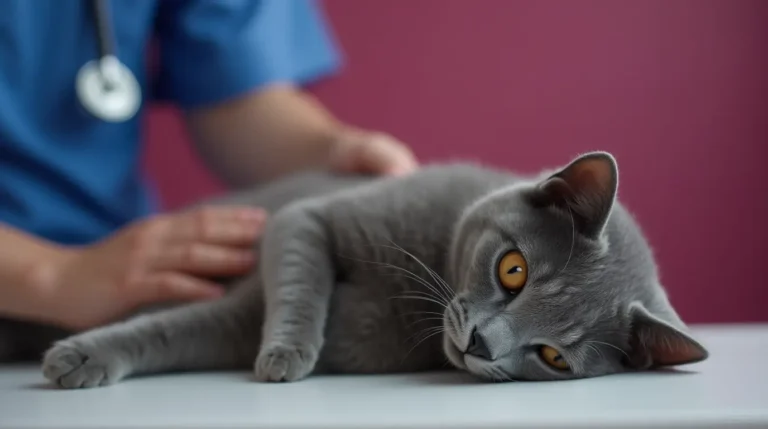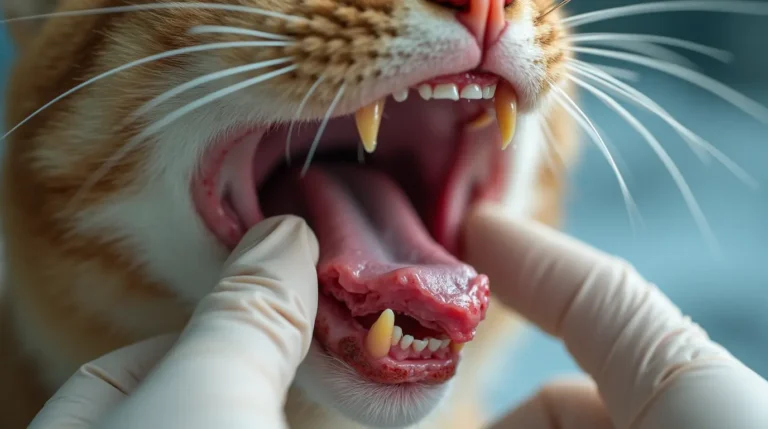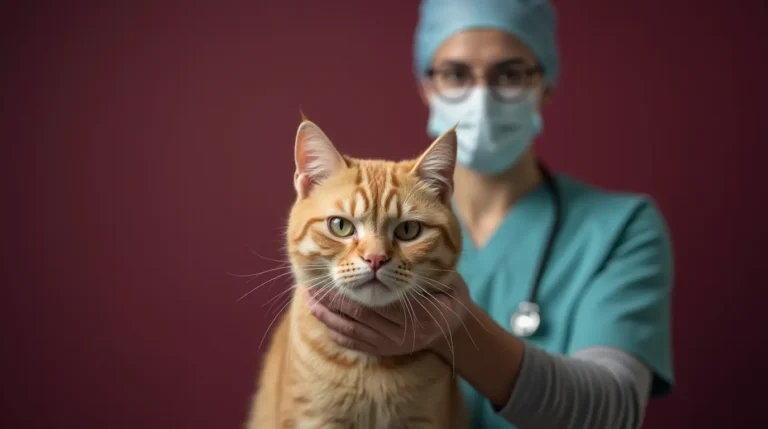Protect your feline friend from deadly toxins! Learn about 5 critical cat poisoning risks, symptoms, and prevention strategies to keep your pet safe.
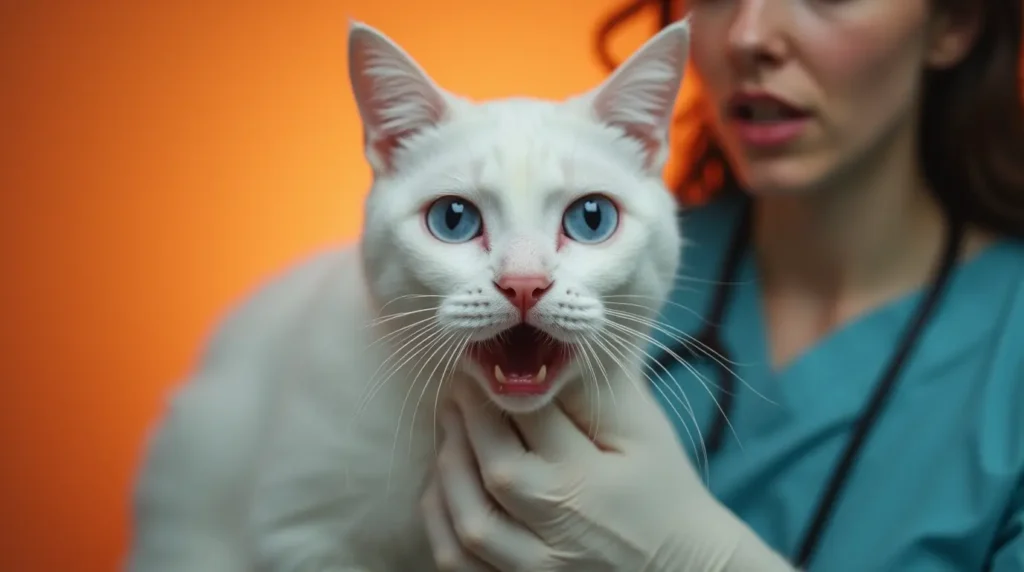
Table of Contents
Cat poisoning is a serious and often preventable threat that can turn a pet owner’s world upside down in an instant. Every year, thousands of cats are rushed to emergency veterinary clinics due to accidental exposure to toxic substances lurking in our homes and gardens. Understanding these hidden dangers is the first crucial step in protecting your beloved feline companion from potentially life-threatening situations.
In this comprehensive guide, we’ll dive deep into the most common and dangerous substances that pose a risk to cats, helping you create a safer environment for your furry friend. Whether you’re a first-time cat owner or a seasoned pet parent, the information ahead could literally save your cat’s life.
Understanding Cat Poisoning: The Basics
What is Cat Poisoning?
Cat poisoning occurs when a feline ingests, inhales, or comes into contact with a toxic substance that can cause serious health complications or even death. Unlike dogs, cats have unique metabolic processes that make them particularly vulnerable to certain toxins.
Why Cats Are More Susceptible
Cats lack certain liver enzymes that help break down and eliminate toxins, making them more sensitive to poisonous substances. Their grooming habits can also increase exposure, as they may ingest chemicals while cleaning their fur.
The 5 Most Dangerous Substances for Cats
1. Household Chemicals
Common Toxic Chemicals
- Cleaning products
- Antifreeze
- Pesticides
- Paint thinners
- Bleach
Potential Symptoms:
| Chemical Type | Symptoms |
| Cleaning Products | Vomiting, respiratory distress, chemical burns |
| Antifreeze | Kidney failure, neurological symptoms, coma |
| Pesticides | Tremors, seizures, respiratory failure |
Prevention Strategies
- Store all chemicals in secure, locked cabinets
- Use pet-safe alternatives when possible
- Clean up spills immediately
- Keep cats away from areas being cleaned or treated
2. Human Medications
Most Dangerous Medications
- Pain relievers (Ibuprofen, Acetaminophen)
- Antidepressants
- ADHD medications
- Blood pressure medications
- Thyroid medications
Toxic Dosage Insights: Even a single pill can be fatal to a cat. Medications designed for human metabolism can cause severe organ damage, particularly to the kidneys and liver.
Safety Recommendations
- Never give human medications to cats
- Store all medications in closed cabinets
- Dispose of expired medications properly
- Be cautious when taking medications near pets
3. Toxic Foods
Foods to Avoid
- Onions and garlic
- Chocolate
- Grapes and raisins
- Alcohol
- Caffeine
- Xylitol (artificial sweetener)
Toxic Mechanisms:
- Onions/Garlic: Destroy red blood cells, causing anemia
- Chocolate: Contains theobromine, toxic to cat’s metabolism
- Grapes: Can cause acute kidney failure
4. Plants and Outdoor Toxins
Highly Toxic Plants
- Lilies
- Azaleas
- Tulip bulbs
- Sago palm
- Oleander
Outdoor Poisoning Risks:
- Pesticide-treated lawns
- Antifreeze in driveways
- Rat poison
- Toxic garden plants
5. Essential Oils and Fragrances
Dangerous Essential Oils
- Tea tree oil
- Peppermint oil
- Eucalyptus oil
- Citrus oils
- Wintergreen oil
Potential Health Impacts:
- Liver damage
- Neurological complications
- Respiratory issues
- Skin irritation
Recognizing Poisoning Symptoms
Immediate Warning Signs
- Excessive drooling
- Vomiting
- Difficulty breathing
- Lethargy
- Seizures
- Uncoordinated movements
- Changes in urination
What to Do in Case of Poisoning
Emergency Steps
- Remove the cat from the toxic environment
- Collect evidence of the potential poison
- Contact your veterinarian immediately
- Do NOT induce vomiting without professional guidance
- Keep the cat calm and warm
Recommended Pet Products on Amazon
- Pet Poison Control Emergency Kit
- Pet Safety Locks for Cabinets
- Non-Toxic Cleaning Solution Set
- Veterinary First Aid Handbook
Frequently Asked Questions (FAQ)
Q: How quickly can cat poisoning occur? A: Some toxins can cause symptoms within minutes, while others may take hours or days to manifest.
Q: Are some cat breeds more susceptible to poisoning? A: While all cats are vulnerable, older cats, kittens, and cats with pre-existing health conditions may be more at risk.
Q: Can a small amount of a toxic substance be harmless? A: No. Even minimal exposure can be dangerous due to cats’ unique metabolism.
Conclusion
Protecting your cat from poisoning requires vigilance, knowledge, and proactive prevention. By understanding these risks and taking necessary precautions, you can create a safer environment for your feline companion.
Call to Action: Have you experienced a close call with pet poisoning? Share your story in the comments below and help raise awareness about pet safety!
Disclaimer : BlithePet This article is for informational purposes and should not replace professional veterinary advice. Always consult with a veterinarian in emergency situations.

